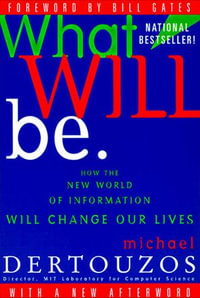
eTEXT
Database and XML Technologies
First International XML Database Symposium, XSYM 2003, Berlin, Germany, September 8, 2003, Proceedings
By: Zohra Bellahsène, ?Akmal B. Chaudhri, ?Erhard Rahm
eText | 2 October 2003 | Edition Number 1
At a Glance
eText
$84.99
or
Instant online reading in your Booktopia eTextbook Library *
Read online on
Desktop
Tablet
Mobile
Not downloadable to your eReader or an app
Why choose an eTextbook?
Instant Access *
Purchase and read your book immediately
Read Aloud
Listen and follow along as Bookshelf reads to you
Study Tools
Built-in study tools like highlights and more
* eTextbooks are not downloadable to your eReader or an app and can be accessed via web browsers only. You must be connected to the internet and have no technical issues with your device or browser that could prevent the eTextbook from operating.
ISBN: 9783540394297
ISBN-10: 354039429X
Published: 2nd October 2003
Format: PDF
Language: English
Publisher: Springer Nature
Edition Number: 1























